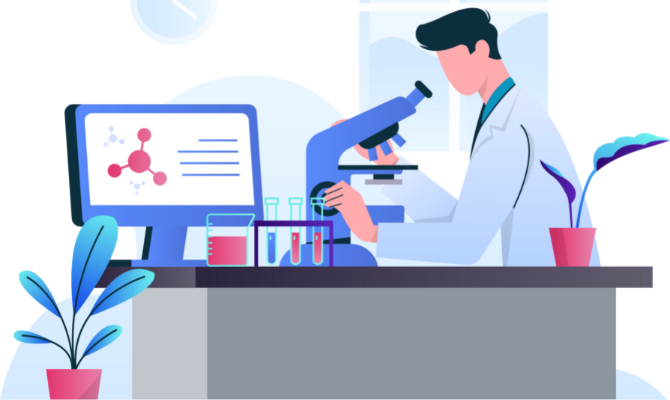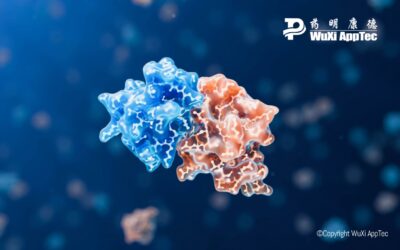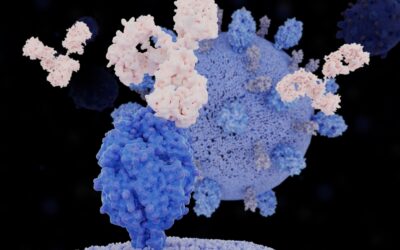To be effective and safe, a therapy must contain precise drug concentration. That’s why bioanalytical testing is required during the drug development process. For robust and accurate data, bioanalytical testing relies on effective method development and validation. In this article, we discuss what this means and how it all works.
Bioanalytical testing is important in drug discovery and development. To quantify drugs and their metabolites or relate biomarkers in biological fluids, bioanalytical methods are used to evaluate pharmacokinetics and toxic kinetic studies. These methods can be applied to study human clinical pharmacology and toxicology.
Why does this matter? It has to do with drug concentration.
Drug concentration impacts how long a drug stays in the body and what it does while it’s there. If the concentration is too low, the drug won’t provide the desired effects. If it’s too high, it can become toxic to the system.
Understanding drug concentration after injection or ingestion is one of the most critical steps in drug development. Without this knowledge, a drug can’t be developed. Bioanalytical testing is what makes it possible.
What Is Bioanalytical Testing?
Bioanalytical testing, or bioanalysis, is the process of identifying and quantifying drugs and metabolites within various biological matrices, such as blood, plasma, serum, cerebrospinal fluid, saliva, and urine. This data is critical to capture throughout the entire drug development process to seamlessly move your program from discovery to IND submission and beyond.
- Discovery Bioanalysis: Fit-for-purpose non-GLP sample analysis, and in vivo and in vitro sample analysis, toxic effects, biomarker assays, and dosage.
- Preclinical Bioanalysis: IND-enabling generic bioequivalence sample analysis, and GLP toxicokinetics (TK) and pharmacokinetics (PK) sample analysis.
- Clinical Bioanalysis: GxP clinical sample analysis.
In the drug development process, to move from one stage to the next, researchers need to generate highly accurate data to make well-informed decisions. So, how does it all actually work?
It starts with identifying biomarkers. Concentration of a drug can be identified with a precise biomarker in order to find or detect the drug in the system within various biological matrices.
Bioanalysis is a broad term, but in practice it encompasses hundreds of validated methods precisely tuned in to the type of molecule and specific compound that needs to be analyzed. This is called Bioanalytical Method Validation.
What Is Bioanalytical Method Validation?
Throughout the entire drug development process, researchers must develop, qualify, and validate bioanalysis methods – and transfer them from one stage to the next – in order to generate accurate, usable data. Proper validation is central to any drug development program because it supports data reliability, assay performance, and preparation for PK and TK studies.
The FDA released guidance for the industry on bioanalytical method validation to help drug developers ensure the bioanalytical quality of their data. In the same vein, the International Council for Harmonization of Technical Requirements for Pharmaceuticals for Human Use (ICH) released M10, a multidisciplinary guideline to govern bioanalytical method validation.
Bioanalytical methods must be fit for their precise purpose. There are hundreds of nonproprietary methods available that researchers can turn to without having to reinvent the wheel. Specific methods depend on:
- Molecule type: small or large molecule, or new modality drug.
- Compound: specific molecular formula being tested that may act on specific proteins or genes involved in a disease.
- Calibration range: upper and lower limit of an analyte in the sample to ensure the analytical procedure has a suitable level of accuracy, precision and linearity.
- Biological matrix: blood, plasma, serum, etc.
- Anticoagulant, if applicable: agents used in blood sampling to inhibit the coagulation process in blood after sampling.
However, if the right method doesn’t yet exist – or if you’re working with a new modality – a method will need to be developed and validated. Method development and validation is a massive undertaking in and of itself, not to mention the other drug development activities you have to worry about.
That’s why following guidance is crucial – and why many drug developers partner with specialized labs for bioanalytical method development and validation.
Working With a Bioanalytical Testing Partner
Big pharmaceutical companies, which often have shorter timelines, typically turn to bioanalytical testing partners. Though pharma companies may have the resources and know-how to develop their own methods, third-party partners provide certain advantages that accelerate the development process. Here are the biggest.
#1. Regulatory Insights
Specialized bioanalytical testing labs often have better visibility into regulations and questions or requests that might come from regulatory agencies. This regulatory insight helps partner companies better follow guidance and adapt to changes.
At the discovery level, regulatory concerns are pressing for toxicology study. However, once you’re in the IND stage, every detail is critical. This makes understanding regulatory guidance so important. If regulators have questions, you need to be able to retrace drug concentration, method, incubation, and more.
#2. Automation Capabilities
Bringing a drug to market is both labor- and time-intensive. Automating processes during bioanalytical testing can boost assay accuracy, timeline reliability, and quality of analytics.
For example, PK validation assays can take up to two weeks when performed manually. Automation can bring that down to a matter of days. It also makes it easier to produce higher quality assays and data, helping researchers meet regulatory compliance.
Not every bioanalytical testing lab has automation capabilities, so be sure to look for a partner that does.
#3. Extensive Method Library & Experience Developing New Methods
Developing bioanalytical methods requires a lot of assessment and a close regulatory eye to get right.
Experienced pharmaceutical companies likely have a library of validated bioanalytical methods. However, partners that have worked with hundreds of companies, and developed hundreds of validated, nonproprietary methods across thousands of samples, will have the most extensive libraries.
With more methods at your disposal, work will get done faster and deadlines won’t be missed. Plus, if you need to create a proprietary method or a method for innovator molecules, an experienced partner will be far more prepared to help.
Conclusion
Bioanalytical testing flows through every stage of drug development from discovery to clinical, and from DMPK studies to safety assessments. Without bioanalysis, you won’t be able to understand how the drug impacts the body – and you won’t be able to put together a complete regulatory submission.
Successful bioanalysis requires the right infrastructure and precise, validated bioanalytical methods. Otherwise, your data, and project at large, could be at risk.
The WuXi AppTec Laboratory Testing Division is an early adopter of bioanalytical automation and has achieved a 400% increase in streamlined efficiency as a result. Our bioanalytical strategies are designed to establish and execute the right assays for a successful regulatory submission. Leveraging worldwide expertise, regional flexibility, and the latest technology platforms, we deliver quality results through the discovery, preclinical, and clinical phases. Talk to an expert about your upcoming project to see how we can help.
As a global company with operations across Asia, Europe, and North America, WuXi AppTec provides a broad portfolio of R&D and manufacturing services that enable the global pharmaceutical and life sciences industry to advance discoveries and deliver groundbreaking treatments to patients. Through its unique business models, WuXi AppTec’s integrated, end-to-end services include chemistry drug CRDMO (Contract Research, Development and Manufacturing Organization), biology discovery, preclinical testing and clinical research services, helping customers improve the productivity of advancing healthcare products through cost-effective and efficient solutions. WuXi AppTec received an AA ESG rating from MSCI for the fourth consecutive year in 2024 and its open-access platform is enabling around 6,000 customers from over 30 countries to improve the health of those in need – and to realize the vision that “every drug can be made and every disease can be treated.”


